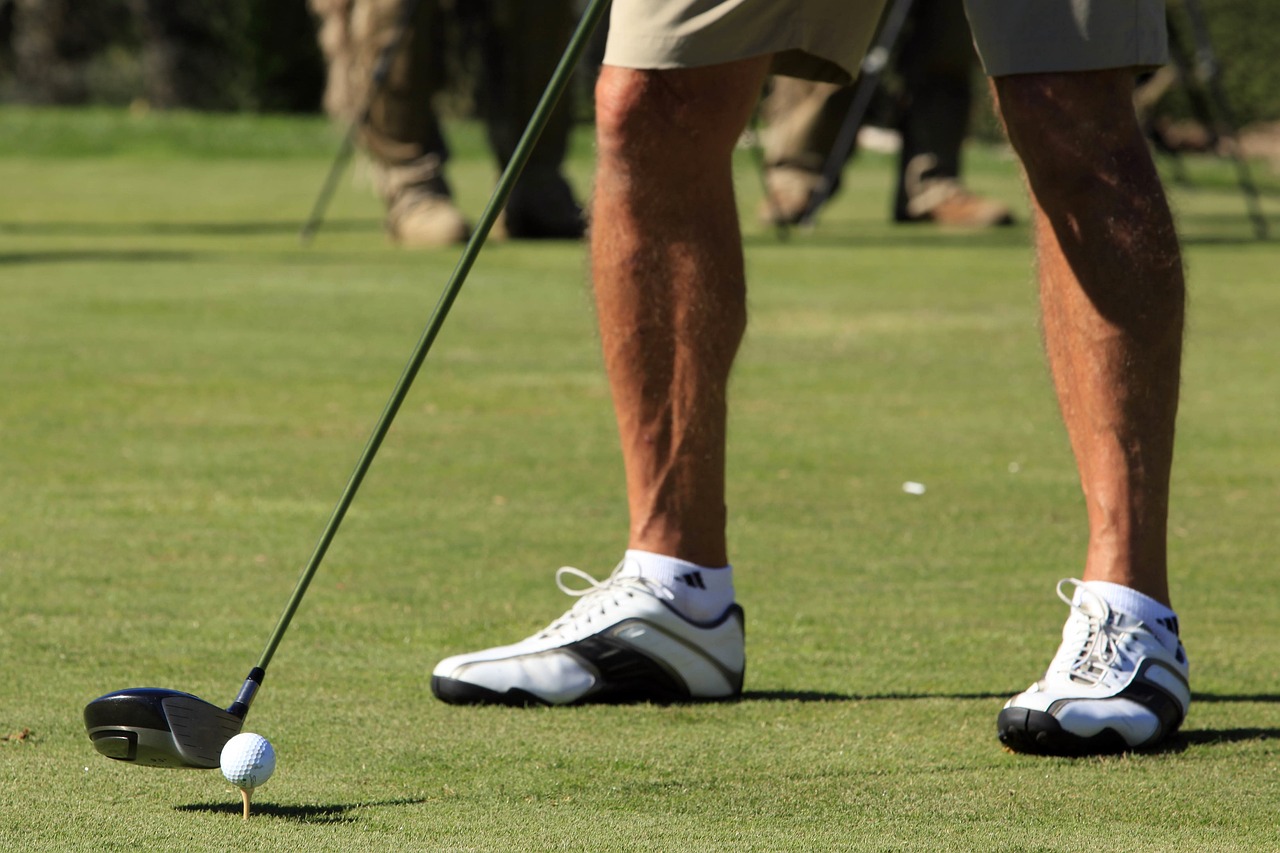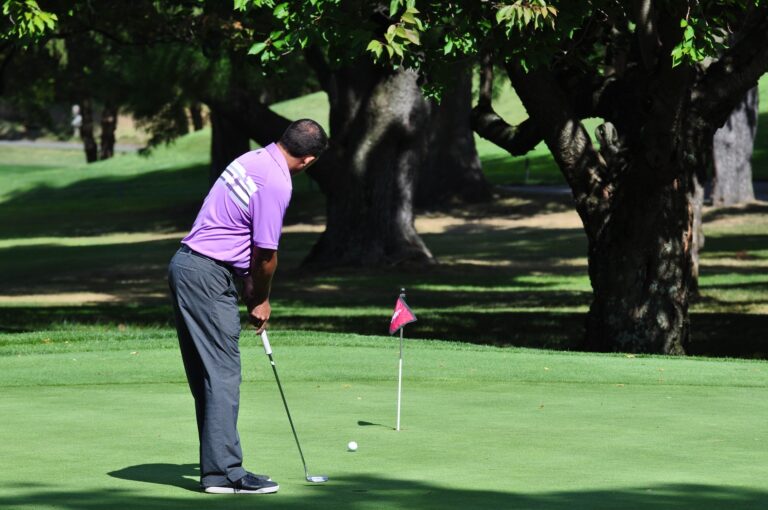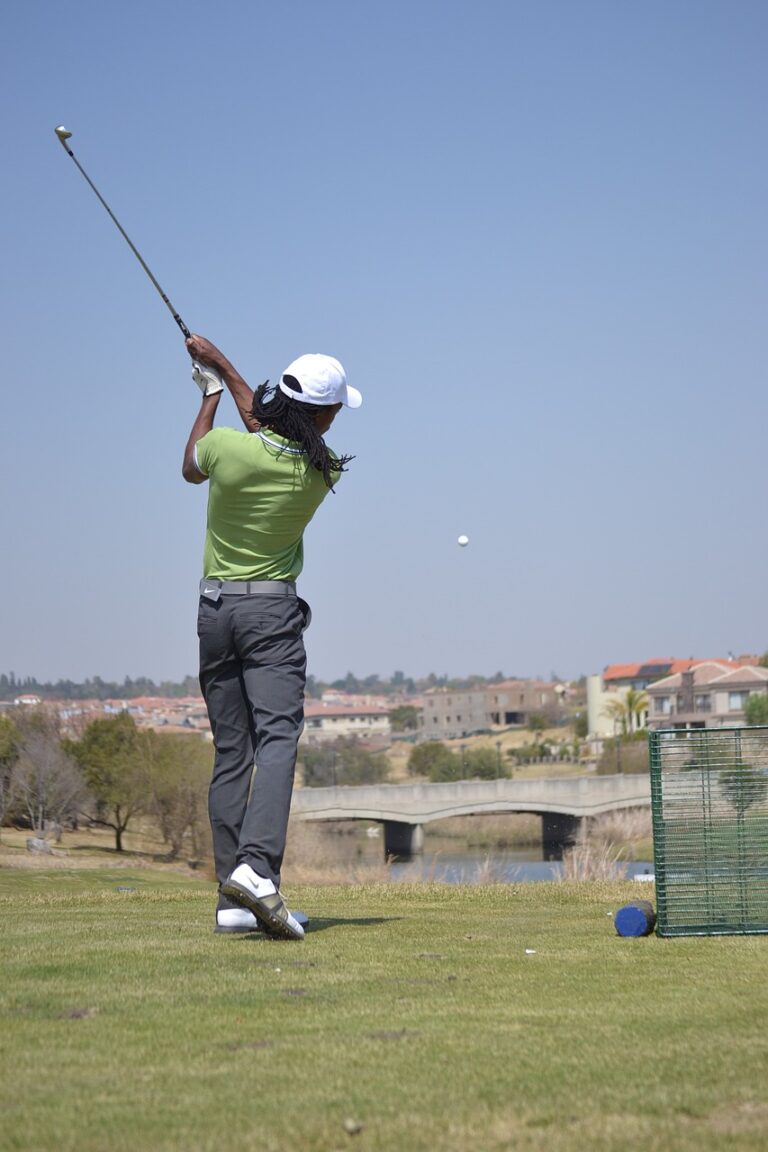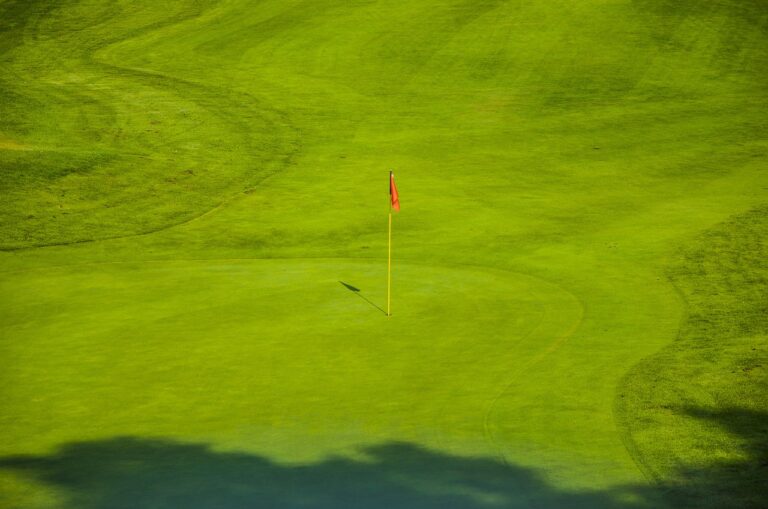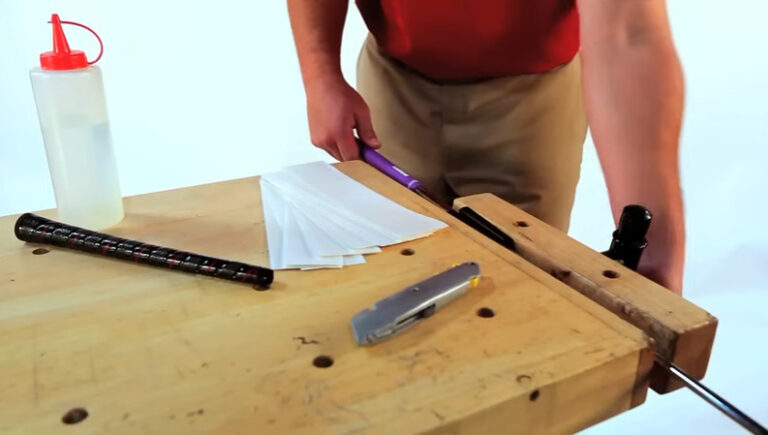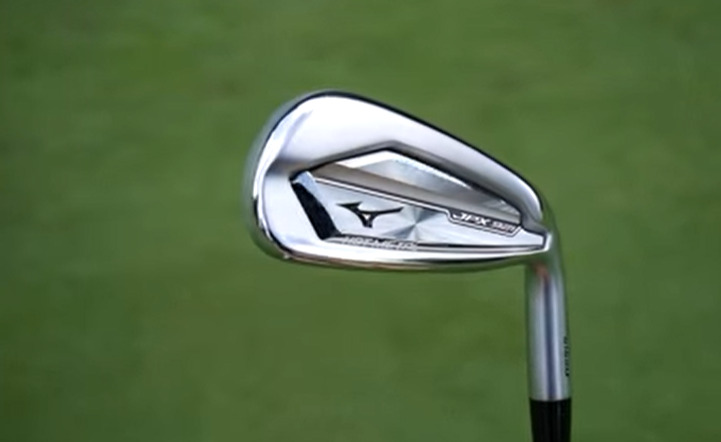Can you tee up on the fairway?
Let’s talk about a question that seems simple but can cause a bit of confusion for some golfers: Can you tee up on the fairway? But before we dive into the heart of the matter, we should understand a few golf basics.
Understanding the Basics of Golf.
In any game, knowing the basics is the first step. In golf, Four of these basics are the tee, fairway, Green, and hazard.
Tee – A tee is both the area where players start a hole and the small stand (usually made of wood or plastic) used to hold the ball up for the first shot on each hole. The first shot from the tee area is also known as a ‘tee shot.’
Fairway – The fairway is the area between the tee box and the green. It’s typically the most favorable area to land the ball, as it’s well-maintained and the grass is cut short to allow for easier shots.
Green The green is the area of fine, closely mown grass where the hole is located. It’s designed for putting, the precise shot to get the golf ball into the hole.
Hazard Hazards are areas on a golf course designed to present an obstacle, which could be bunkers (also known as sand traps) or bodies of water.
The Rules of Golf.
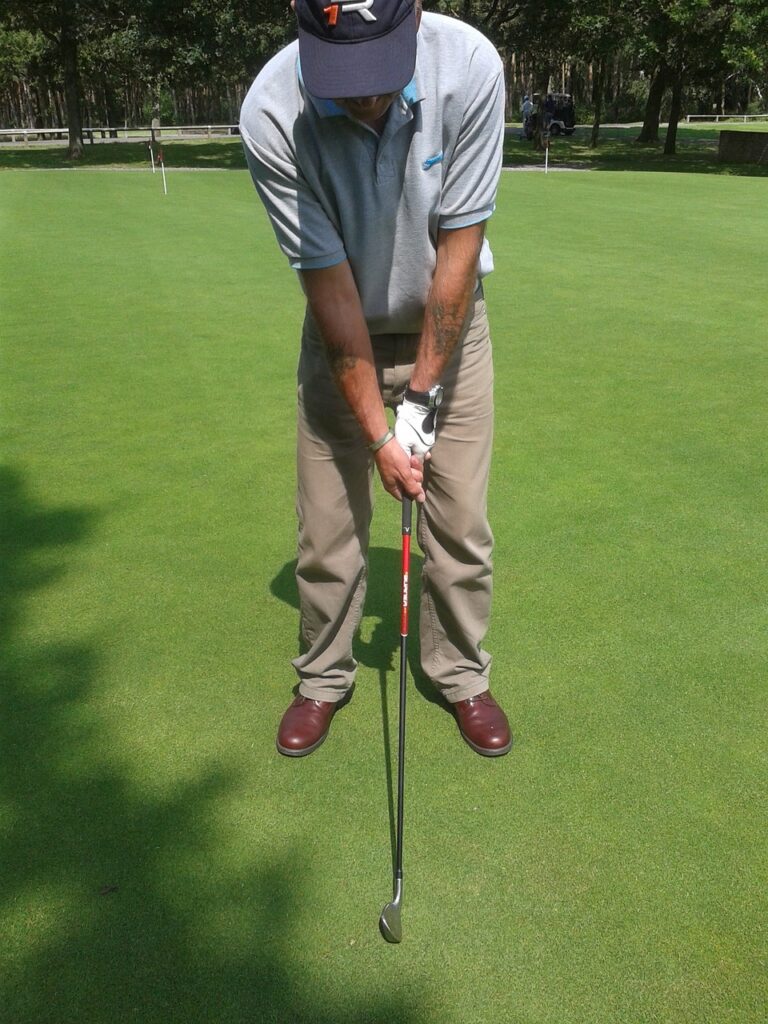
One of the most important aspects of the game is knowing the rules and regulations that govern it. One question that often arises among golfers is whether or not they can tee up on the fairway.
According to the rules of golf, players are not allowed to tee up on the fairway. The fairway is considered part of the course and must be played as it lies.
However, there are some exceptions to this rule. For example, if a player’s ball comes to rest in a divot or other irregularity on the fairway, they may be allowed to place the ball on a tee to improve their lie.
Additionally, some courses may have local rules that allow players to tee up on the fairway in certain circumstances.
While it may be tempting to tee up on the fairway to get a better shot, it is important to remember that doing so is against the rules of golf.
Players who violate this rule may be penalized or even disqualified from the game. It is always best to play the ball as it lies and follow the rules of the game to ensure a fair and enjoyable round of golf.
Can You Tee Up on the Fairway?
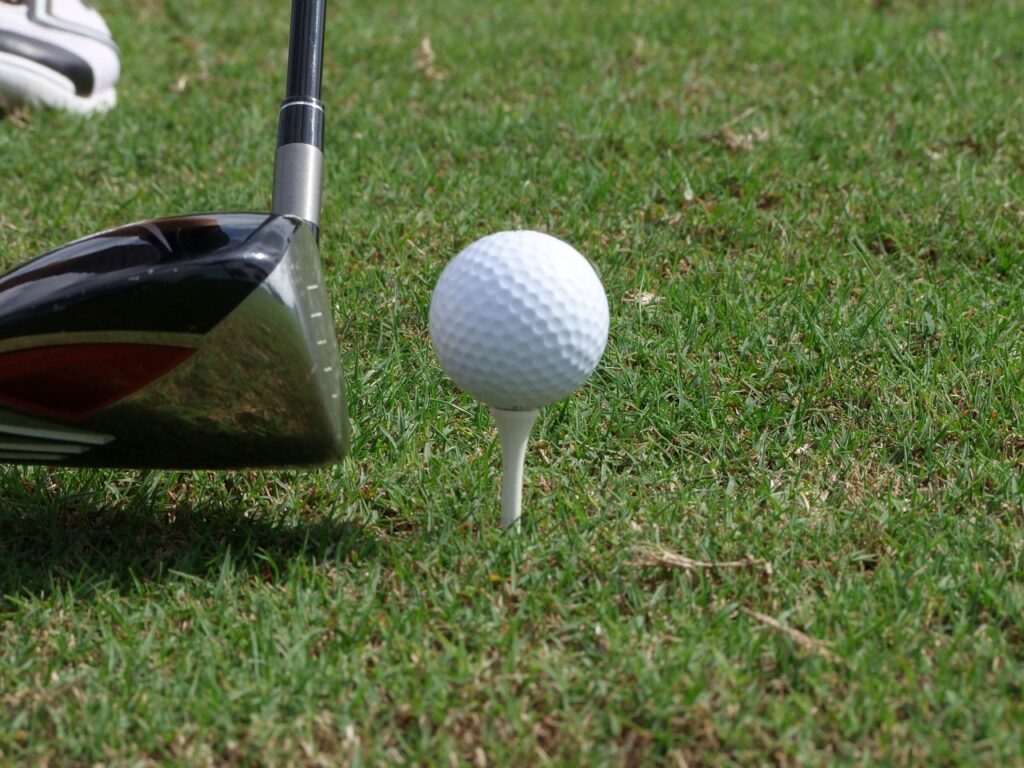
According to the rules of golf, players are not allowed to tee up on the fairway, except for the first shot on each hole. This means that players can only tee up on the tee box, which is the designated area where the first shot of each hole is played from.
When Can You Tee Up?
As mentioned earlier, players can only tee up on the tee box, except for the first shot on each hole. This means that players must hit their ball from the fairway without teeing it up. However, there are some exceptions to this rule.
Players are allowed to tee up their ball when they are playing from a tee box that has been designated as a “forward tee.” This is done to make the game easier for beginners or players with less experience.
Another exception is when a player is taking a penalty stroke. In this case, the player is allowed to tee up their ball anywhere on the course, including the fairway.
In conclusion, players are not allowed to tee up on the fairway, except for the first shot on each hole. However, there are some exceptions to this rule, such as when playing from a forward tee or taking a penalty stroke. It is important to know these rules to play the game correctly and avoid any penalties.
Unusual Scenarios: Exception to the Rule.
In golf, as with any sport, there are always some unusual scenarios that can occur, leading to exceptions to the standard rules. Here are some notable examples:
1. Provisional Ball: If a golfer believes the original ball might be lost (not in a water hazard) or out of bounds, they can play a provisional ball. They must announce their intention to do so and play it before going forward to search for the original ball. If the original ball is lost or out of bounds, the provisional ball is played with a one-stroke penalty.
2. Embedded Ball: Normally, players must play the ball as it lies, but there is an exception for an embedded ball. If a ball is embedded in its own pitch-mark in the ground, except in a hazard, the player may lift the ball, clean it, and drop it as near as possible to where it lay.
3. Ball Interfering with Play: If a player’s ball is interfering with another player’s play or stance, it may be lifted and marked. After the other player has made their stroke, the lifted ball must be replaced.
4. Ball Lost in a Water Hazard: If a ball is lost in a water hazard, the player may play another ball from the spot where the original was last played, with a one-stroke penalty. Alternatively, they may drop a ball behind the water hazard, keeping the point where the original ball last crossed the margin of the hazard between the hole and the spot on which the ball is dropped.
5. Wrong Ball: If a player plays a wrong ball (i.e., a ball not in the match or not their ball in the stroke play), there is a two-stroke penalty. The player must correct the mistake by playing the correct ball or proceed under the rules for a lost ball.
6. Ball Unplayable in a Bunker: If a ball is deemed unplayable in a bunker, the player may drop a ball outside the bunker with a two-stroke penalty. As an exception, the player may also drop a ball inside the bunker with a one-stroke penalty.
These scenarios are unusual but part of the game, emphasizing the importance of knowing the exceptions to the rules in addition to the rules themselves.
Can you tee up anywhere on the golf course?
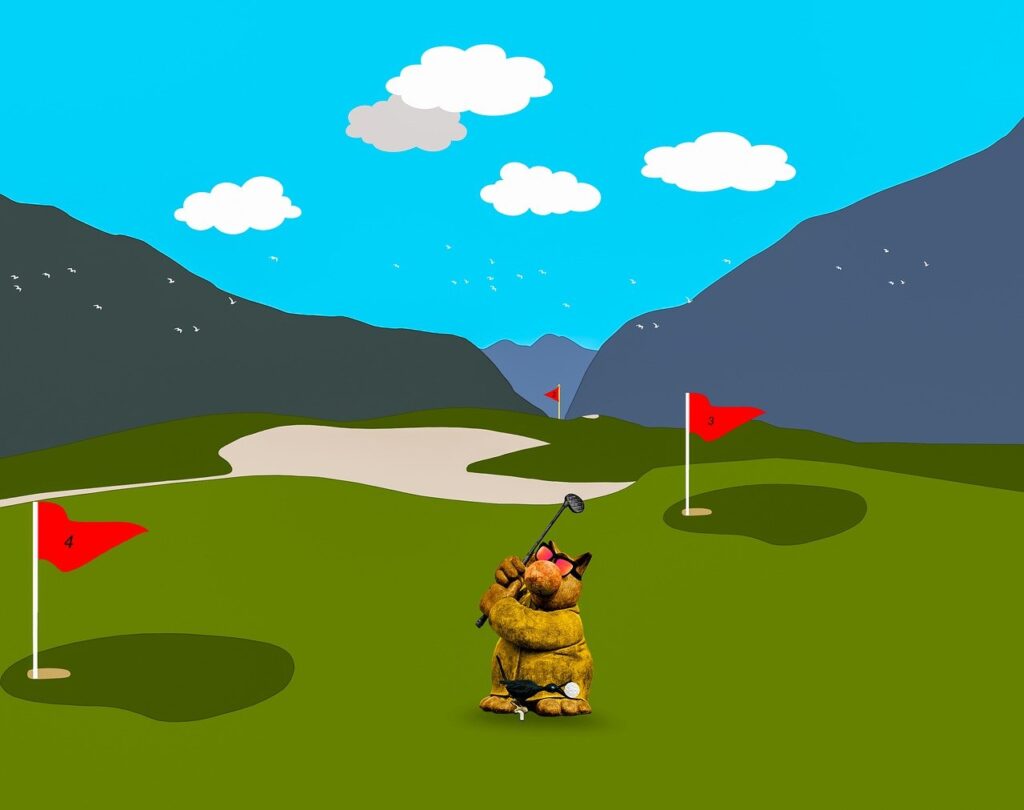
In the game of golf, the use of a tee is typically reserved for the first stroke of each hole from the designated teeing ground. Tees are small pegs, usually made from wood or plastic, on which the golf ball is placed to elevate it off the ground.
The tee’s purpose is to provide a clean strike at the ball, ensuring no interference from the ground, grass, or any other potential ground cover.
While teeing the ball can certainly make the stroke easier, according to the official rules of golf set by the United States Golf Association (USGA) and The R&A, you cannot tee up the ball anywhere you wish on the course. Here are some key points:
1. Teeing Ground: The tee must be used within the teeing ground, which is the area where you play your first stroke of the hole. This area is usually denoted by two tee markers. The ball must be teed between these markers and not more than two club lengths behind them.
2. During Play: Once you have made your first stroke on a hole, whether from the tee or otherwise, you cannot use a tee for the rest of that hole. You must play the ball as it lies unless a specific rule allows you to do otherwise (like when the ball is unplayable or in a hazard).
3. Exceptions: The exception to this rule is in the case of a ‘teeing ground penalty.’ If a player’s ball lands out of bounds or is lost outside a penalty area, they must play another ball from where they last played under a penalty of stroke and distance. In this case, if the last stroke was made from the teeing area, the player may use a tee for the next stroke.
Therefore, while it may seem appealing to be able to tee up anywhere on the course, the rules of golf restrict the use of tees to the teeing ground at the beginning of each hole, or in specific penalty situations.
This limitation maintains the challenge and integrity of the game, as players must navigate the various terrains and obstacles that make golf a unique and exciting sport.
Strategies for Teeing Up on the Fairway
Teeing up on the fairway can be a tricky situation for many golfers. However, with the right strategy, it can be a useful tool to improve your game. Here are a few strategies to consider when teeing up on the fairway:
- Assess the lie: Before teeing up on the fairway, it is important to assess the lie of the ball. If the ball is sitting up nicely, you may not need to tee it up at all. However, if the ball is sitting low or in a divot, teeing it up can help you get a cleaner strike on the ball.
- Choose the right club: When teeing up on the fairway, it is important to choose the right club. Depending on the distance and the lie, you may need to use a different club than you would from the tee box. Keep in mind that teeing up on the fairway will add a bit of height to your shot, so you may need to choose a club with less loft.
- Tee it up low: When teeing up on the fairway, you don’t want to tee the ball up too high. This will cause you to hit the ball too high and lose distance. Instead, tee the ball up just enough to get a clean strike on the ball.
- Practice: Teaming up on the fairway takes practice. Spend some time on the driving range practicing your fairway tee shots. This will help you get a better feel for how to tee the ball up and which club to use.
FAQs on Teeing on the Fairway.
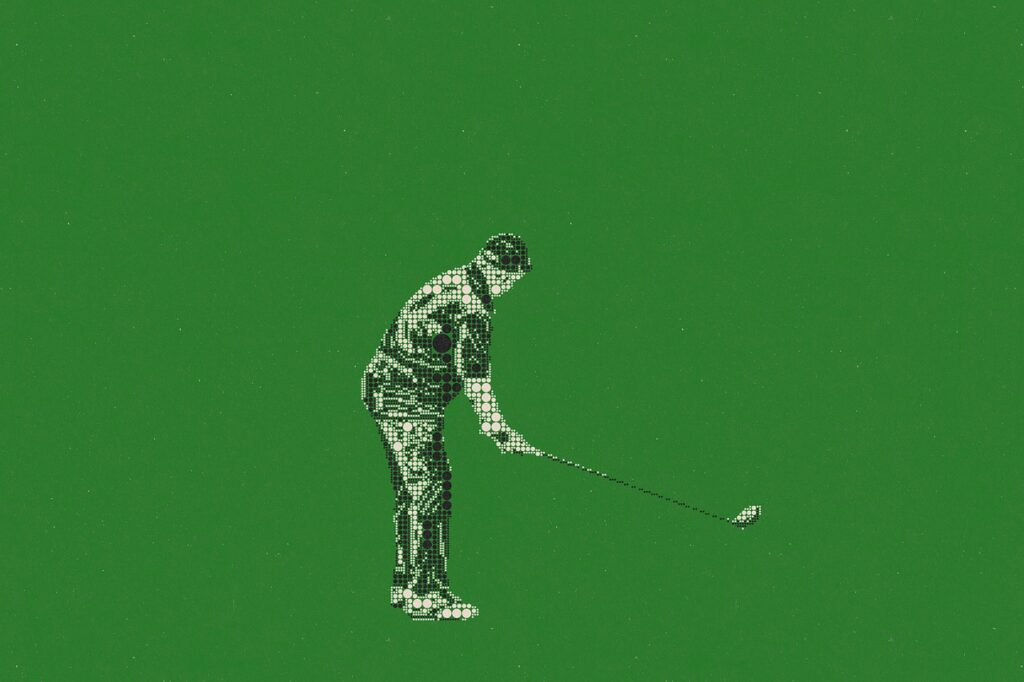
Can I use a tee on the green?
No, using a tee on the green is not allowed according to the official rules of golf.
What is the penalty for teeing up on the fairway?
The player will usually incur a two-stroke penalty in stroke play or loss of hole in match play.
Are there any exceptions when I can tee up on the fairway?
Yes, in informal or practice games, some players might tee up on the fairway.
What can I do to improve my shots from the fairway?
Understanding your clubs, practicing your swing, and selecting the right ball position can all help improve your fairway shots.
Do professional golfers ever tee up on the fairway?
In general, professional golfers follow the rules strictly and do not tee up on the fairway during tournaments.
Conclusion
So, can you tee up on the fairway? Technically, yes, you can, but according to the official rules of golf, you shouldn’t in formal play. Golf is a game of precision, strategy, and most importantly, sportsmanship. Stick to the rules, understand your game, and keep practicing!

